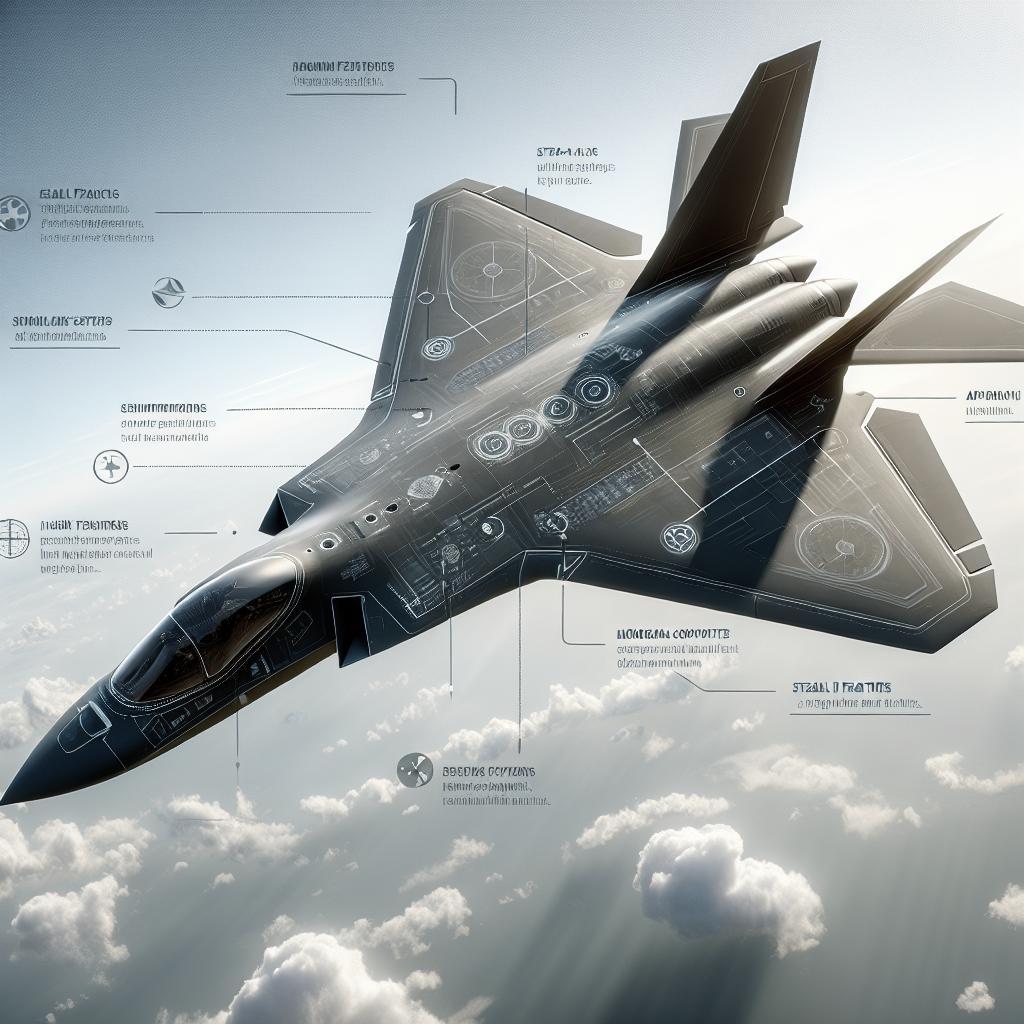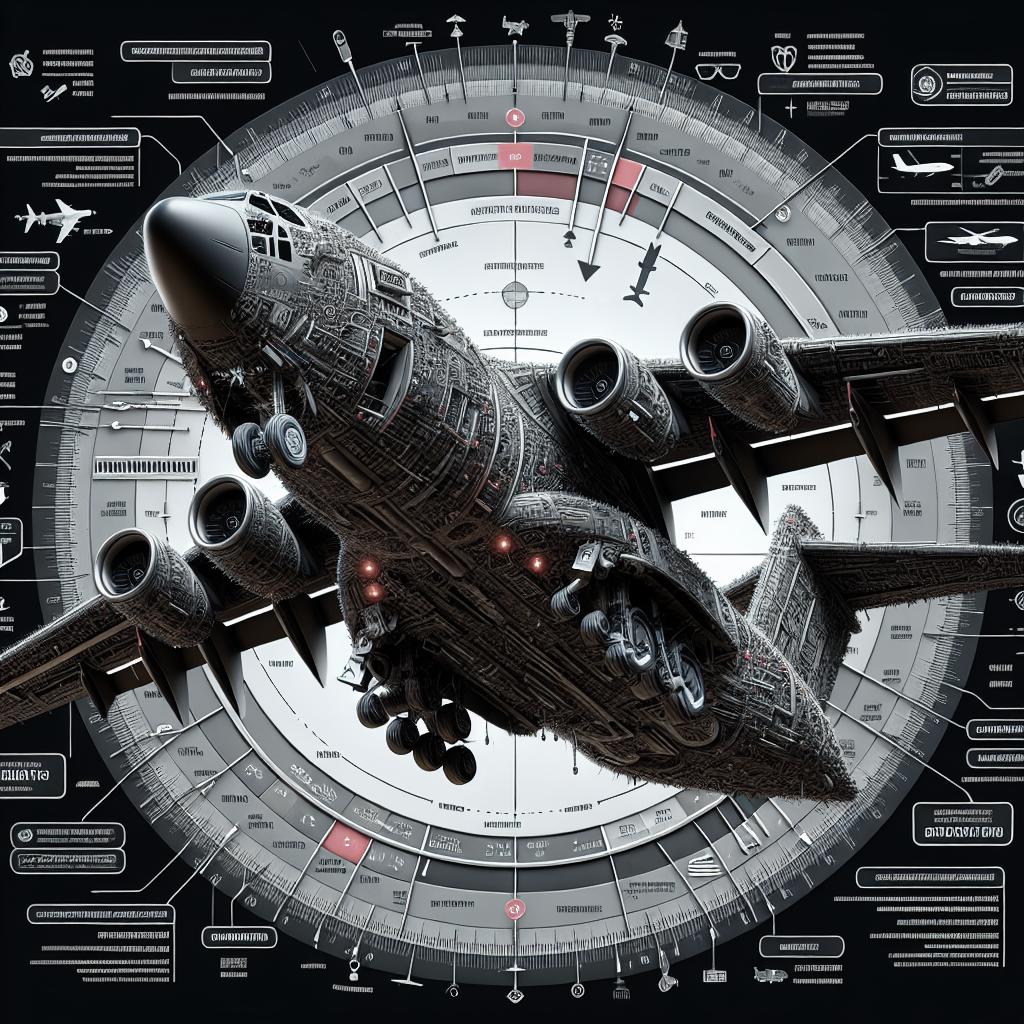New trends in military aircraft design are continuously evolving to ensure superior performance, advanced technologies, and extended operational lifespans. From sophisticated upgrades to navigation and avionics systems to the integration of cutting-edge weaponry, various global military powers are actively modernizing their aircraft fleets. This article delves into significant developments such as the U.S. Navy’s plans to enhance the E-2D Advanced Hawkeye, the French initiative to upgrade Rafale jets for both the Air Force and Navy, Boeing’s integration contract for Japan’s F-15MJ fighters, the U.S. Air Force’s search for commercial repair options for its TH-1H altimeter, and Saab’s upcoming delivery of upgrades for the Hungarian Gripen fleet. Each of these advancements underscores the relentless pursuit of innovation in military aviation.
U.S. Navy Looks to Upgrade E-2Ds So It Lasts Into 2040s
The U.S. Navy’s E-2D Advanced Hawkeye is set to receive substantial upgrades designed to enhance its operational efficacy well into the 2040s. As a critical asset for airborne early warning and command, control, and communication operations, the E-2D requires upgrades to keep pace with emerging threats and technological advancements. The planned modifications focus on improved radar systems, upgraded avionics, and enhanced data link capabilities. One key upgrade involves the installation of the Advanced Hawkeye’s latest radar system, which allows for better target detection and tracking over greater distances. This enhancement is coupled with a more powerful data link, ensuring real-time information sharing with other military assets. Additionally, the Navy plans to modernize the aircraft’s cockpit with state-of-the-art avionics, which will not only streamline operations but also improve pilot situational awareness.
French Air Force, Navy to Upgrade Rafale Jets
The French Air Force and Navy are set to receive upgraded versions of the Dassault Rafale, one of the most advanced multirole fighters in service today. These upgrades are part of the ongoing Rafale F4 standard, which promises significant enhancements in terms of electronic warfare, radar, and weapon systems. The Rafale F4 is slated to improve the aircraft’s survivability and effectiveness in various combat scenarios. Central to the Rafale F4 upgrades is the integration of new-generation radar technology that enhances detection and targeting capabilities. Additionally, advancements in electronic warfare systems will provide better protection against enemy threats. The Rafale will also benefit from new missile integration, including the latest air-to-air and air-to-ground munitions, thus broadening its combat effectiveness. These enhancements are designed to increase the Rafale’s longevity and maintain its competitiveness in modern aerial combat. With these upgrades, the French Air Force and Navy will retain a versatile and formidable asset capable of operating in a diverse range of missions.
Boeing Receives Integration Contract for Japan F-15MJ Fighters
Boeing has secured a significant contract for the integration of advanced systems into Japan’s fleet of F-15MJ fighters. This contract focuses on modernizing the F-15MJ to ensure it meets contemporary combat requirements and technological standards. The integration project includes the installation of enhanced radar systems, advanced avionics, and improved weaponry. The new radar systems being incorporated into the F-15MJ will provide superior target acquisition and tracking capabilities, which are crucial for modern air combat. Additionally, the upgraded avionics suite aims to enhance the pilot’s situational awareness and facilitate more intuitive aircraft control. These avionics upgrades also ensure better interoperability with other Japanese and allied military assets. Further enhancements include the integration of next-generation munitions, which will extend the combat reach and tactical options available to the F-15MJ fighters. These upgrades are essential for maintaining Japan’s aerial supremacy and ensuring the F-15MJ remains a key component of the nation’s defense strategy.
U.S. Air Force Seeks Commercial Sources for Repair of TH-1H Altimeter
In an effort to optimize the maintenance and operational readiness of its TH-1H training helicopters, the U.S. Air Force is exploring commercial sources for the repair of altimeters. The TH-1H, utilized primarily for pilot training, requires precise and reliable altimeters to ensure safe and effective flight operations. By engaging commercial entities, the Air Force aims to streamline the repair process and reduce downtime. Engaging commercial repair sources can provide several advantages, including faster turnaround times and potentially lower costs compared to traditional military repair facilities. This approach also leverages the specialized expertise of commercial aviation technicians, ensuring high-quality repairs and enhancements to the altimeter systems. Maintaining accurate altimeters is critical for the safe operation of training missions and contributes to the overall effectiveness of pilot instruction. The U.S. Air Force’s initiative to seek commercial repair options demonstrates a pragmatic approach to maintaining fleet readiness while potentially achieving cost efficiencies.
Saab to Deliver Upgrade for Hungarian Gripen Fleet
Swedish aerospace and defense company Saab has announced plans to deliver significant upgrades to the Hungarian Air Force’s fleet of Gripen fighters. These upgrades are aimed at enhancing the aircraft’s combat capabilities and extending their operational lifespan. The proposed modifications include improvements to radar, avionics, and communication systems. The radar upgrade involves the installation of the latest generation Active Electronically Scanned Array (AESA) radar, which offers enhanced detection, tracking, and targeting capabilities. Additionally, the avionics overhaul will introduce new software and hardware systems designed to improve pilot interface and operational efficiency. Communication systems will also receive a boost, ensuring better connectivity and data sharing during missions. The upgrades will enable the Hungarian Gripen fleet to operate more effectively in modern combat environments, providing enhanced situational awareness and combat performance. These enhancements will not only extend the aircraft’s service life but also align Hungary’s air defense capabilities with current and future operational needs. “`html
| Project | Enhancements | Goals |
|---|---|---|
| U.S. Navy E-2D Upgrade | Improved radar, avionics, data link | Extended operational lifespan to 2040s |
| French Rafale Upgrade | New radar, electronic warfare, weapon systems | Enhanced combat effectiveness and survivability |
| Boeing F-15MJ Integration | Advanced radar, avionics, weapons systems | Maintain aerial supremacy for Japan |
| U.S. Air Force TH-1H Altimeter Repair | Commercial repair solutions | Optimize maintenance and cost efficiency |
| Hungarian Gripen Upgrade | AESA radar, avionics, communication systems | Enhanced combat capabilities and longevity |
“`


